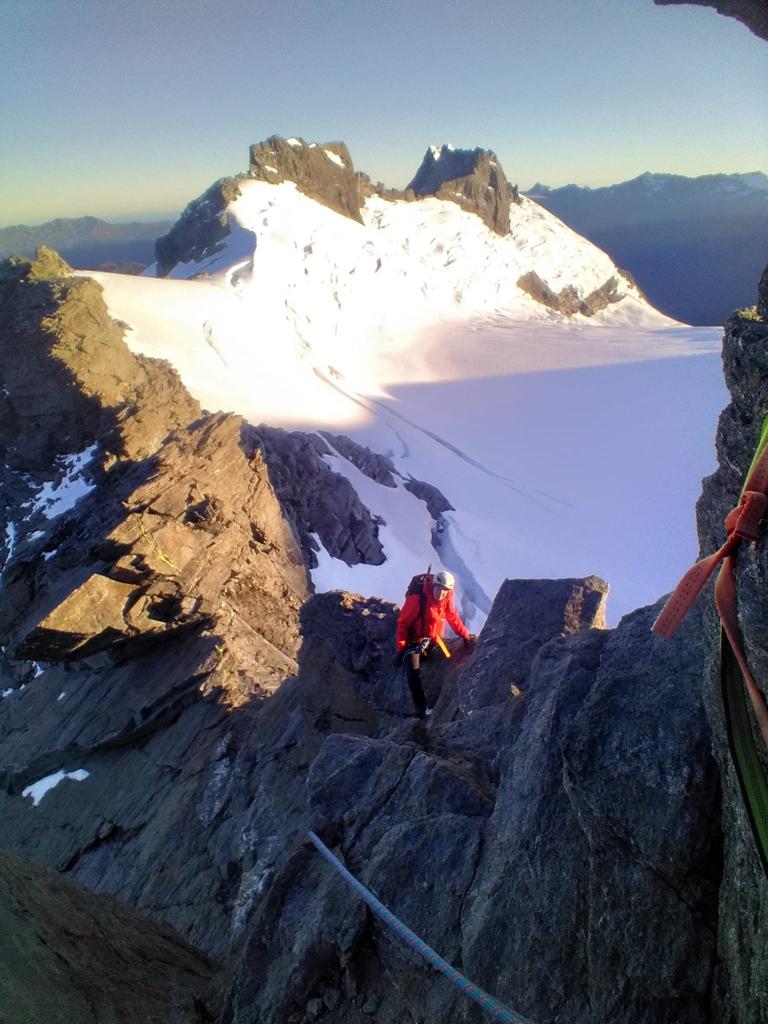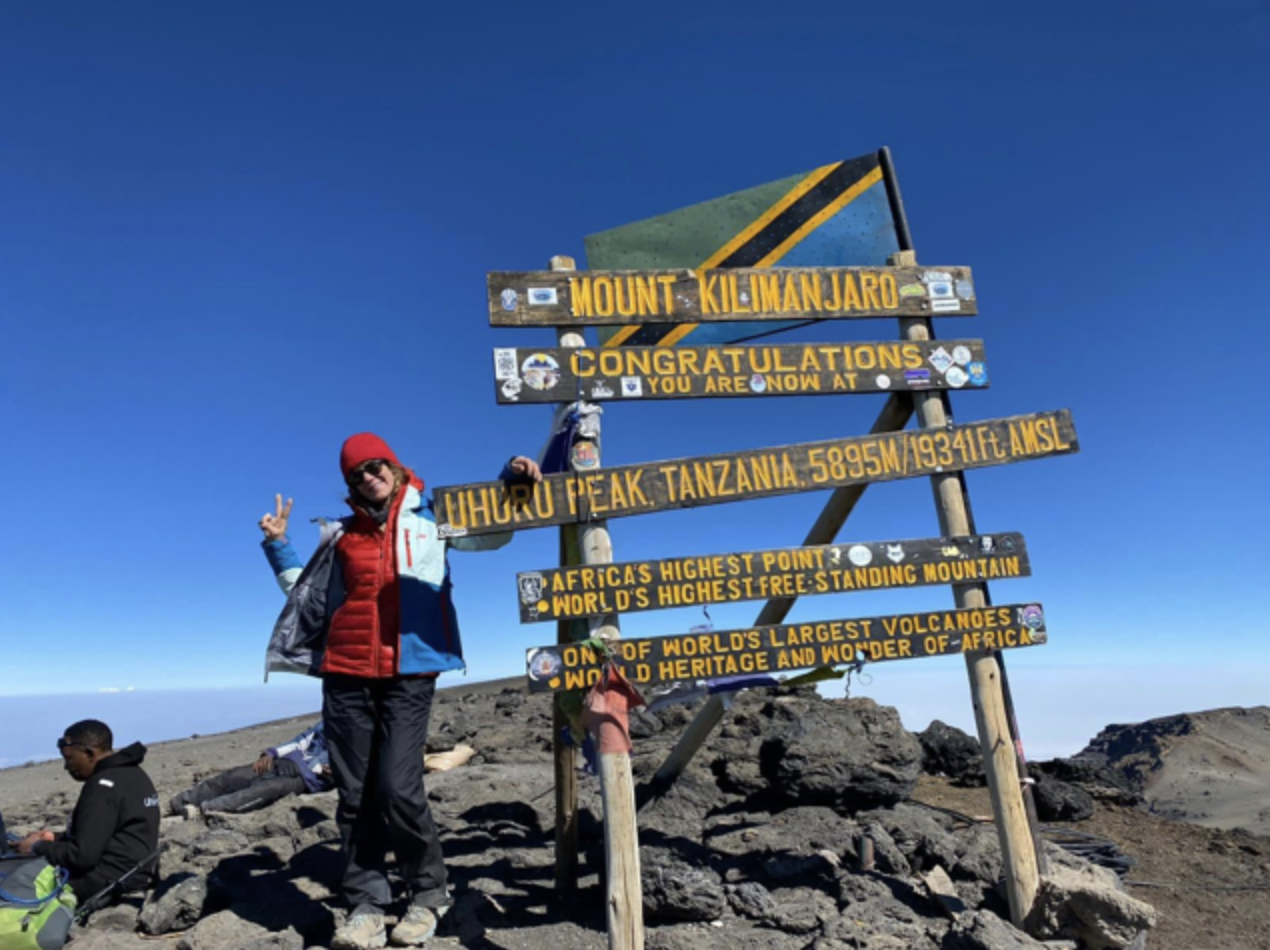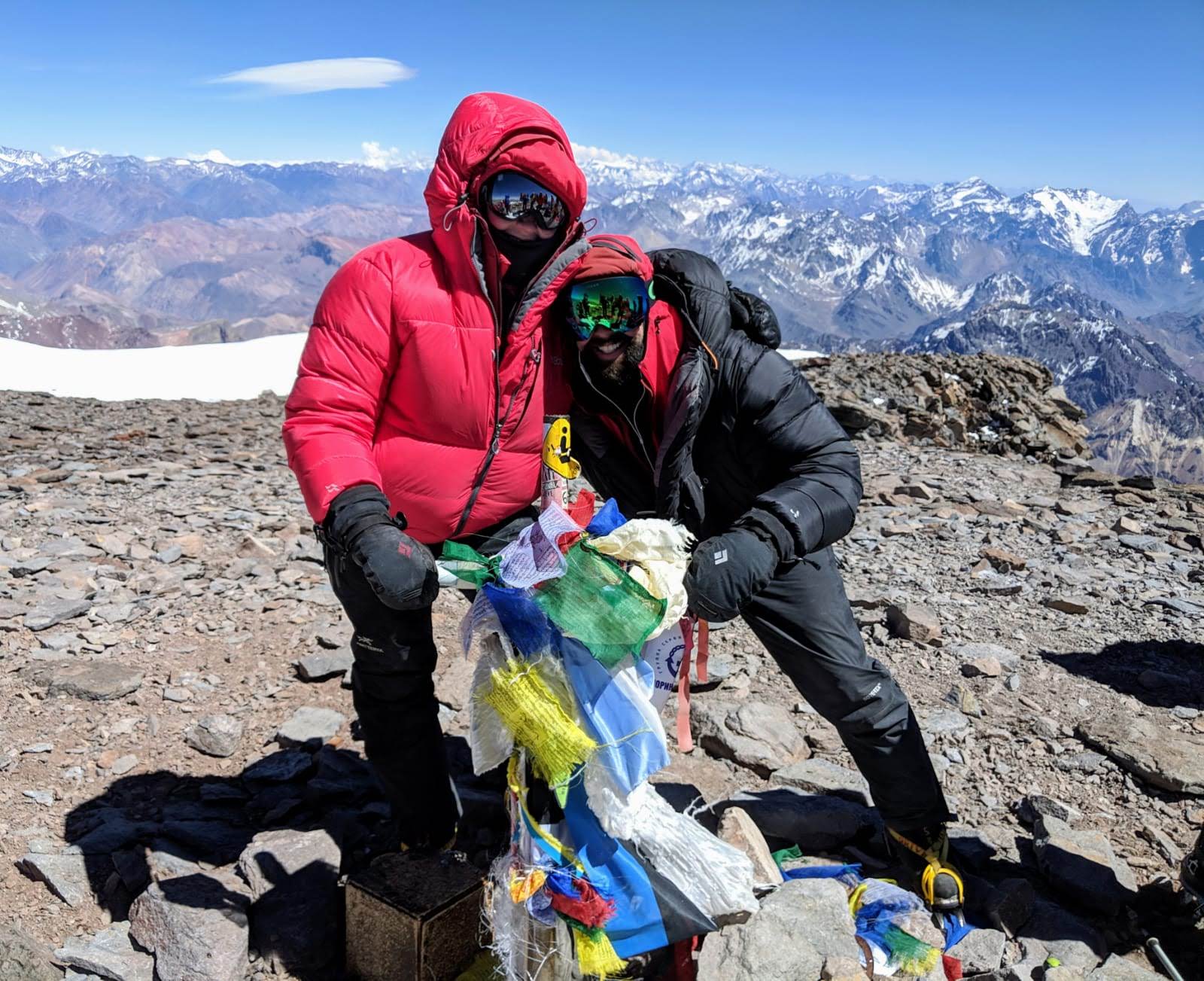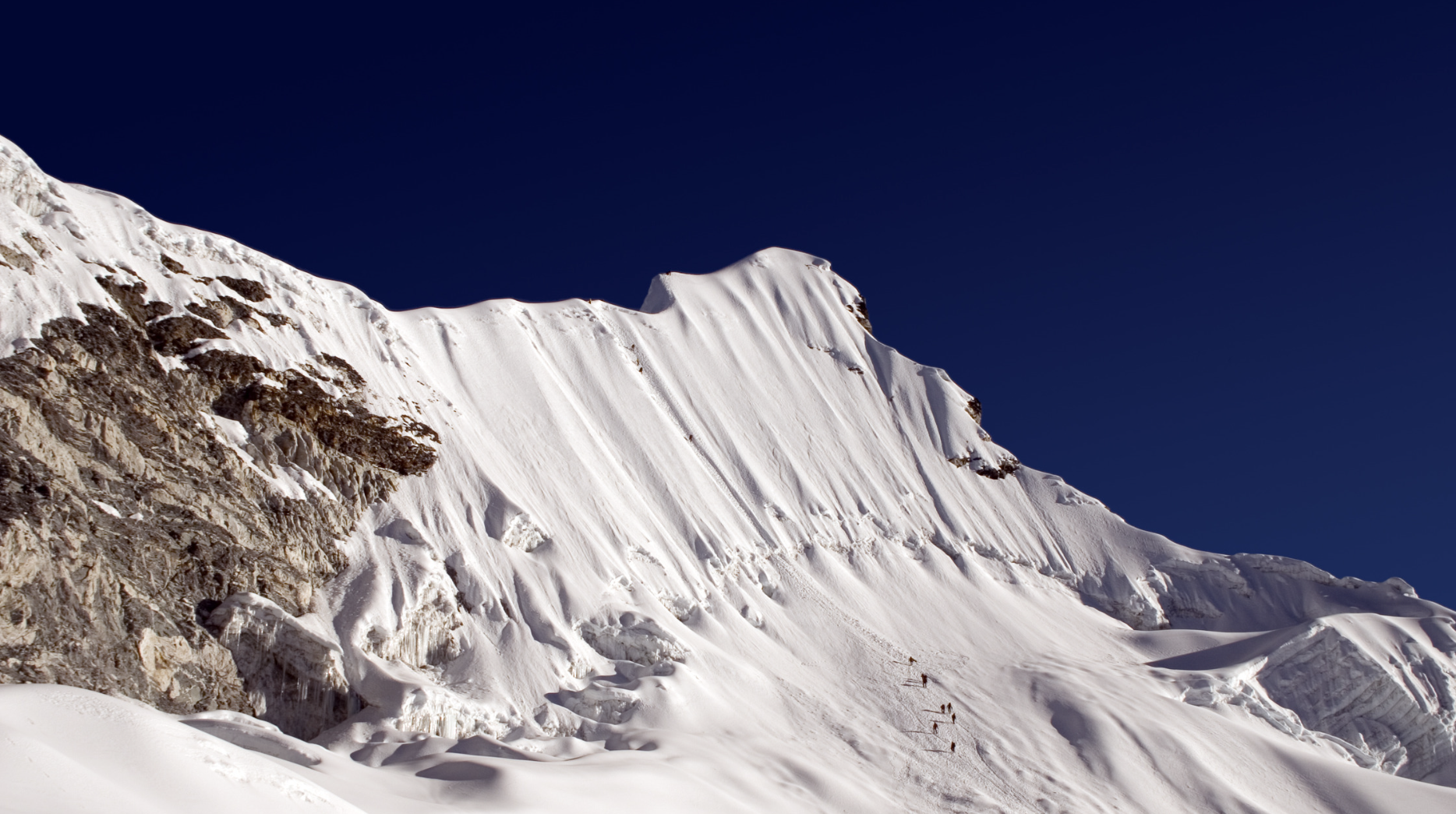Climbing fixed ropes with a jumar (an amazing device used to ascend a rope by gripping it securely with a camming mechanism), as on Denali, Island Peak, Spantik, and Everest, for example, demands an exceptional level of hand and grip strength. Relying on your hand and forearm muscles is essential for maintaining a secure grip on your jumar, preventing fatigue, and ensuring your safety as you ascend steep inclines.
However, you also encounter fixed lines on lower peaks like Matterhorn and Dent Du Géant, but the difference is that you’d be climbing the fixed ropes with your hands rather than using a jumar.
If this is the case, here’s a quick tip:
Research and determine the general thickness of the rope/chain being used.
The ropes on Dent Du Géant are notoriously thick, which means you need to spend more time training your hand and grip strength in an open “C” shape rather than a closed grip in an “O” shape, with your index finger nearly touching your thumb.
If you have large hands, thick ropes won’t affect you as much, but if you have smaller hands (especially women), this is a crucial aspect to consider in your training for the climb.
Now, let’s delve into the exciting part – the “how to” of training for climbing fixed ropes!

The key to developing immense endurance and strength in your hands and forearms is to train both isotonic contractions and isometric contractions.
Isotonic Contraction is the type of muscular contraction you experience when you open and close your hand. The muscles shorten (contract) and lengthen (relax) as you close and open your hand.
Isometric Contraction occurs when your muscles work intensely without changing in length. Imagine squeezing a stress ball in your hand at the same intensity for a period of time. Your hand muscles are working hard without changing in length (i.e., not contracting and relaxing).
When you climb fixed ropes, whether with or without a jumar, your hands and forearms are working isometrically and isotonically. Therefore, it’s essential to train both forms of muscular contractions to achieve peak conditioning for the mountain you have planned.
So, without further ado, here are two of the very best exercises to achieve peak hand and grip strength:
Isometric Exercise – Dead Hangs
Find a sturdy pull-up bar, tree brach or similar grip, ensuring your feet are off the ground.
Hang with your arms fully extended, focusing on gripping tightly.
Make sure you keep your shoulders down and arms away from your ears.
Hang for as long as you can and gradually increase your hang time and repeat for several sets.
Isotonic Exercise – Grip Strengthening Balls
Squeeze a grip ball or stress ball as hard as you can for 5 -10 seconds.
Release and repeat for multiple sets.
Once 5 – 10 seconds and several sets feels easy, you can either get a stronger grip ball or increase the squeezing time to 20 – 30 seconds.
These two mountain-specific exercises will significantly boost your confidence, endurance, and strength when climbing fixed ropes.
Yet, hand and grip strength represent just a minuscule aspect of proper preparation and training for formidable peaks that demand your A-game.
Within my coaching programs, I don’t merely focus on enhancing my clients’ hand and grip strength; I address every facet of their strength and fitness in a highly mountain-specific manner, tailoring it to the specific peak they intend to conquer. This meticulous approach ensures that they consistently reach their summit and return safely, as they aren’t just physically fit and strong, but also impeccably prepared for the precise challenges that await them.

If you’re planning to ascend a significant mountain that demands your A-game, a basic DIY training plan won’t suffice. As you ascend to higher altitudes, your training and preparation must ascend in tandem, and I’d be delighted to show you what that process should look like.
To offer you a glimpse of the possibilities, I’m extending an invitation to a simple conversation. It’s a complimentary 30-minute call, an investment of your time that could profoundly alter the trajectory of your journey from start to summit. During this call, you’ll witness firsthand how my coaching can reshape your high-altitude experience.
To get started, click the button below and schedule your call. Just answer a few questions and select a time that suits you best:

If you’re not ready to start working with a High Altitude Coach just yet then I have a fantastic alternative for you.
Subscribe now to my exclusive newsletter, “The Summit Seeker’s Dispatch,” and unlock a world of weekly expert high altitude advice and best practices.
Delve into the realms of training, nutrition, altitude, and gear, all meticulously tailored to empower you in becoming fitter and stronger for your next awe-inspiring high altitude endeavour.





